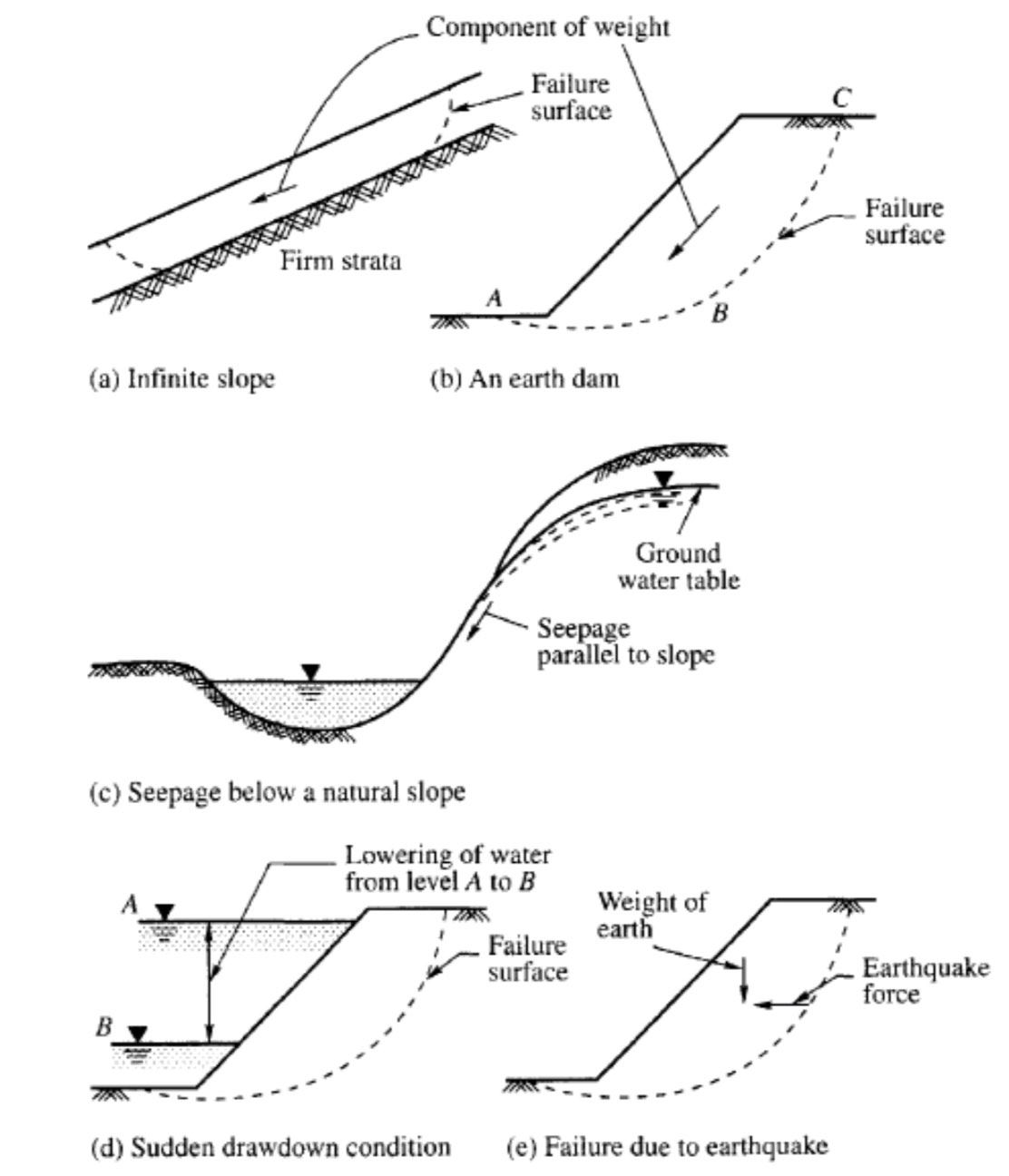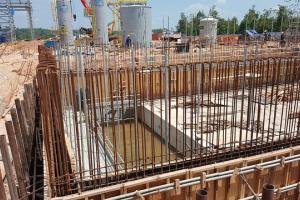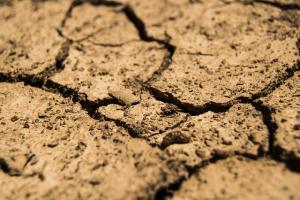Slope Stability and Causes of Failure of Slopes

Causes of Failure of Slopes
The important causes of failure of slopes and lead to instability are describes below:
- Gravitational force (Creep)
- Force due to seepage water (Swelling / Leaching)
- Erosion of the surface of slopes due to flowing water
- The sudden lowering of water adjacent to a slope (Rapid Drawdown)
- Forces due to earthquakes
Gravitational Force:
The effect of all the forces listed above is to cause movement of soil from high points to low points. Gravitation causes of failure of slopes are an important force that affects the flowing or seeping water as well as the stability of large soil masses. Gravity is generally recognized as very important in stability problems, but often these effects have not been properly identified. It is a fact that the seepage occurring within a soil mass causes seepage forces, which have much greater effect than is commonly realized.
Swelling and Leaching
Highly plastic and over-consolidated clay easily swells when it comes in contact with water. Swelling takes place when water percolates into the pores of a potentially expansive soil. Swelling is a time dependent process. It takes place over relatively long time. The factors controlling the time rate of swelling of compacted clays are: soil composition, density, water content, matric suction and fabric.
Weathering and Erosion
Erosion is movement of individual particles, rather than lumps or masses of soil by water or wind. Erosion on the surface of a slope may be the cause of the removal of a certain weight of soil, and may thus lead to an increased stability as far as mass movement is concerned. On the other hand, erosion in the form of undercutting at the toe may increase the height of the slope, or decrease the length of the incipient failure surface, thus decreasing the stability.
Slope Angle and Rainfall
Rainfall has been identified as one of the main causes for slope failures in areas where high annual rainfall is experienced. The slope angle is also important for slope stability during rainfall. Because the slope angle affects the retention time of rainwater on the slope, the slope angle has an obvious influence on the infiltration process of rainwater and hence a considerable reason for slope stability and slope failure.
Slope angle also has a great impact in the scouring process of runoff water. The larger the slope, the larger the runoff transformed by rainwater which also results in greater erosion effect and the greater the soil loss due to runoff on the slope.
Rapid Drawdown
Reservoirs can be subjected to the effects of rapid drawdown. In rapid draw-down, the lateral force provided by the water is removed, and the excess pore-water pressure does not have enough time to dissipate, the effect of this sudden removal of water is that the slope can fail under undrained condition. If the water level in the reservoir remains at low levels and failure did not occur under the un-drained condition, seepage of groundwater would occur, and the additional seepage forces could provoke failure.
When there is a lowering of the ground water or of a free water surface adjacent to the slope, for example in a sudden draw-down of the water surface in a reservoir there is a decrease in the buoyancy of the soil which is in effect an increase in the weight. This increase in weight causes increase in the shearing stresses that may or may not be in part counteracted by the increase in shearing strength, depending upon whether or not the soil is able to undergo compression which the load increase tends to cause. If a large mass of soil is saturated and is of low permeability, practically no volume changes will be able to occur except at a slow rate, and in spite of the increase of load the strength increase may be inappreciable.
Earthquake forces as Cause of failure of slopes
Shear at constant volume may be accompanied by a decrease in the inter-granular pressure and an increase in the neutral pressure. A failure may be caused by such a condition in which the entire soil mass passes into a state of liquefaction and flows like a liquid. A condition of this type may be developed if the mass of soil is subject to vibration, for example, due to earthquake forces, resulting in failure of slopes.
The various forces that act on slopes are illustrated in the figure below:










